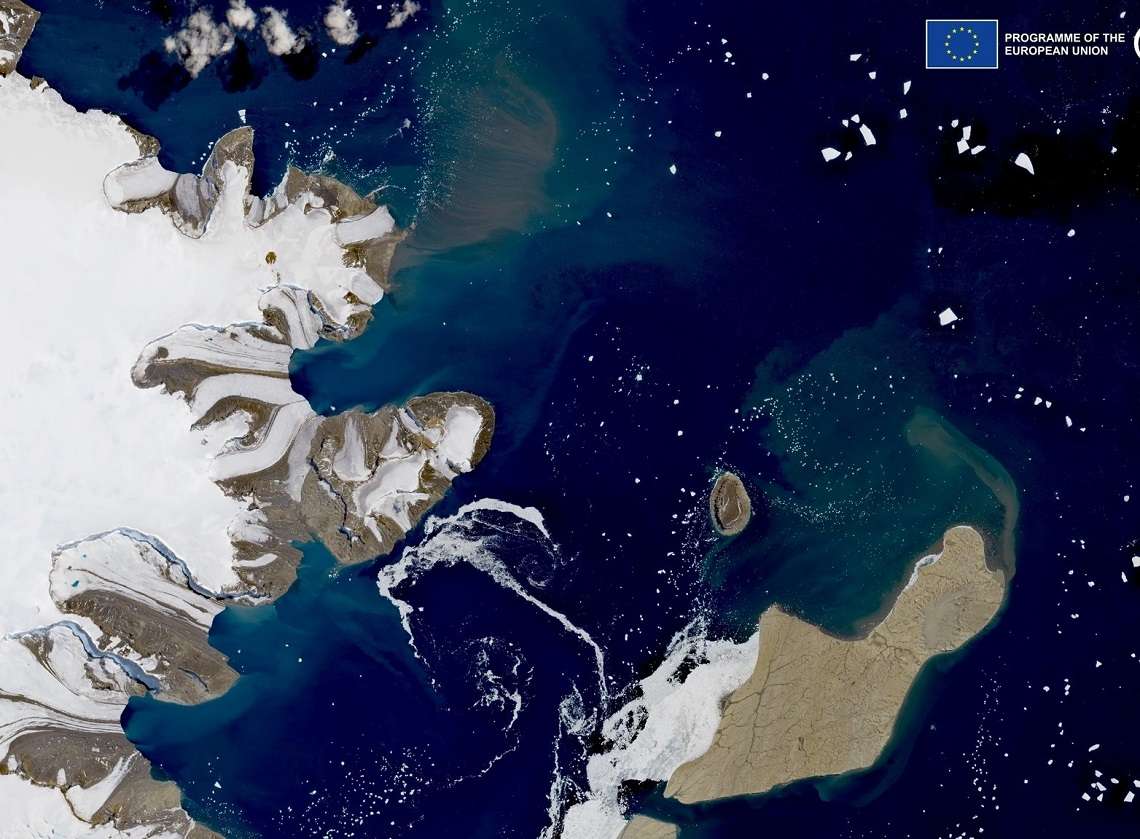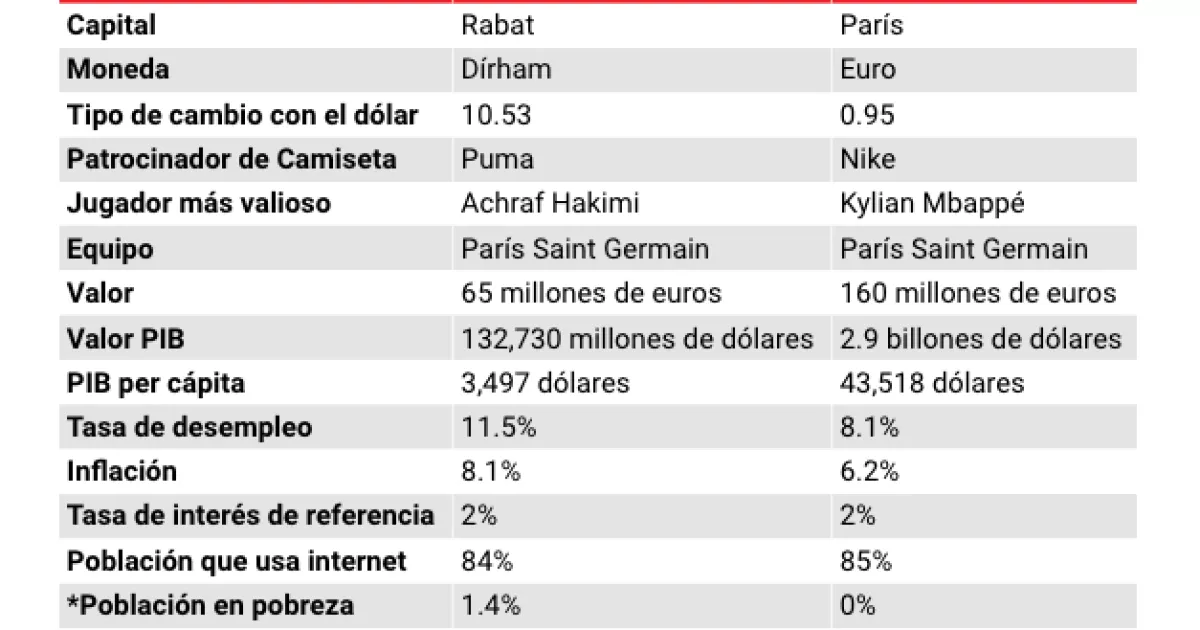The hole in the ozone layer over Antarctica has been “unusually persistent” between 2020 and 2022, according to data from the Atmospheric Monitoring Service of the European Copernicus satellite system (CAMS). Data reveals that, in addition to taking longer than usual to close, it was relatively large.
According to the same source, this behavior repeated over the last three years is particularly relevant, since it differs from what was observed in the previous forty years.
CAMS: as of 10 December overall #wildfires #openburning in 2022 generated around 1,455 Mt of carbon emissions?
France & Spain were 2 of the worst affected European countries, with emissions at their highest level in the last 20 years.
Read the summary: https://t.co/xn5I9ePXAI pic.twitter.com/OpPAD1HykI
— Copernicus ECMWF (@CopernicusECMWF) December 13, 2022
The ozone hole in Antarctica usually begins to open during the spring in the southern hemisphere (late September) and begins to decrease throughout October, ending up closing throughout the month of November.
However, the CAMS data for the last three years show a different behavior, since during this time it has been larger than usual throughout the month of November and it has completely closed well into December.
CLIMATE CHANGE COULD BE THE CAUSE
According to the director of CAMS, Vincent-Henri Peuch, quoted in this report by the Spanish agency, although there are several factors that influence this change in behavior, the last three years have been marked by strong vortices and low temperatures, which has caused consecutive episodes of large, long-lasting ozone holes.
“There is a possible relationship with climate change, which tends to cool the stratosphere. However, it is quite unexpected for three unusual ozone holes to occur in a row. Without a doubt, it is something that must be studied further, ”he added.
The closing date of the ozone hole in 2020 and 2021 was December 28 and December 23, respectively; and scientists expect this year’s hole to close in the next few days.
In addition to being exceptionally persistent, the ozone holes over Antarctica have also been relatively large in extent, exceeding 15 million square kilometers (an area similar to the size of Antarctica) for most of November.
However, despite the fact that these recent ozone holes have been quite large, “there are constant signs of ozone layer improvement,” according to the same source.
Thanks to the implementation of the Montreal Protocol, concentrations of ozone-depleting substances (ODS) have been slowly but steadily declining since the late 1990s.
It is expected that in fifty years their concentrations in the stratosphere will have returned to the levels prior to the Industrial Revolution and holes in the ozone layer will no longer be experienced, regardless of the conditions of the polar vortex and the temperature, they have pointed out from CAMS.
With information from Efe.






